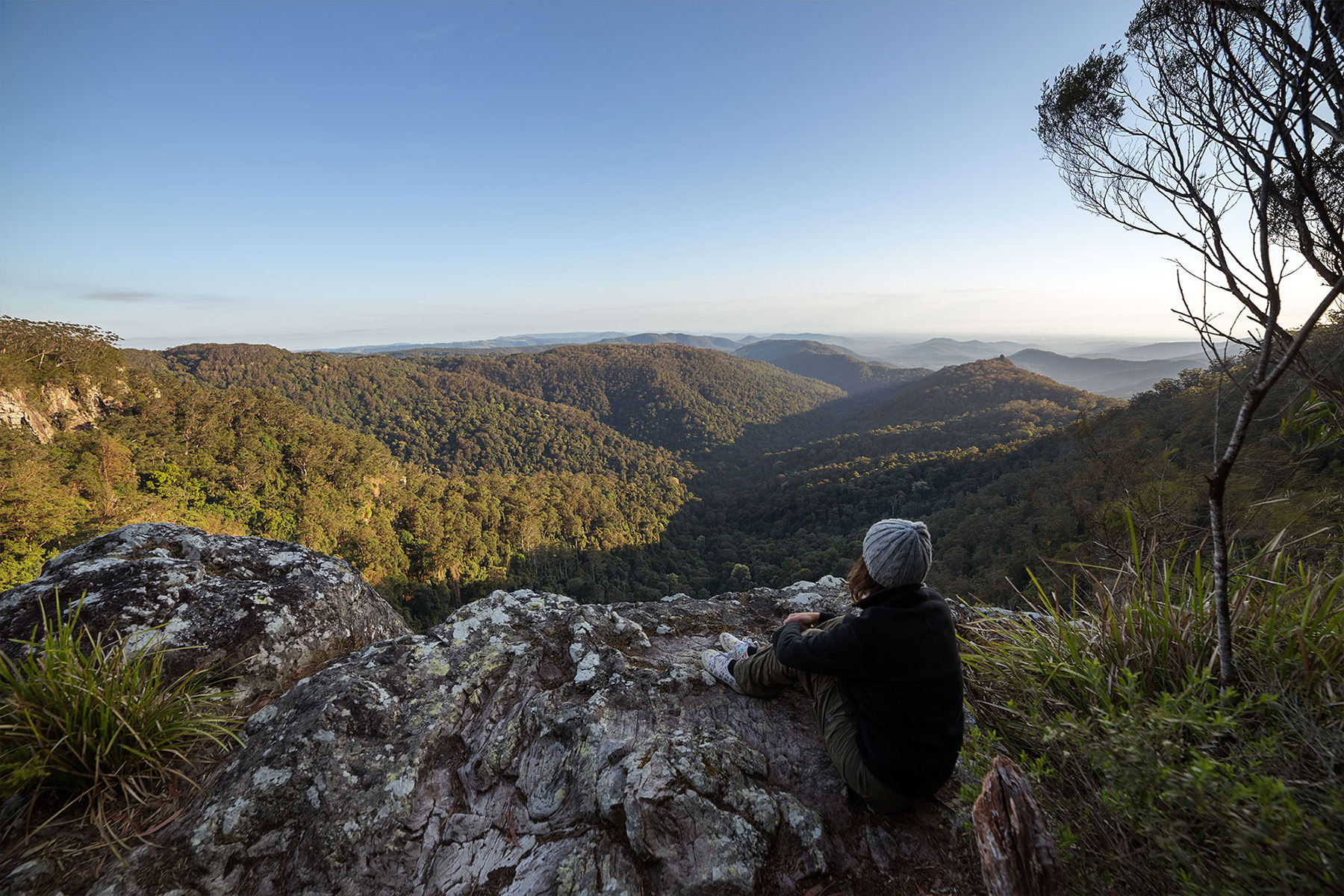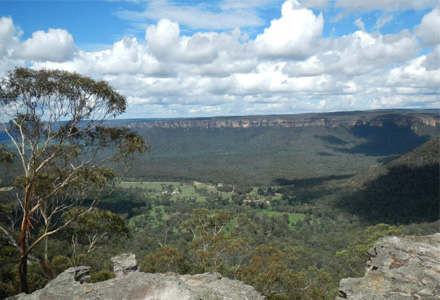
Photo Source: Pexels
If you’re in Queensland and looking for a beginner-friendly but rewarding hike, the Mount Coot-tha Summit Walk should be at the top of your list. It’s one of the city’s most popular outdoor activities, drawing everyone from fitness enthusiasts to families. The walk is short enough to squeeze into a busy morning but offers enough challenge to feel like you’ve accomplished something once you reach the top.
What You Need to Know
The Mount Coot-tha Summit Walk is about 2 km one way, or roughly 4 km return. For most people, it takes approximately 45 minutes to an hour to complete, depending on their fitness level and the number of breaks they take along the way. While the trail is classified as easy to moderate, don’t underestimate the uphill sections. You’ll steadily climb almost the whole way, which makes it a fantastic introduction to hiking in Brisbane.
The trail is paved and well signposted, meaning you don’t need to worry about getting lost or having special gear. It’s popular among locals and tourists, so expect to see plenty of others on the track, especially on weekends and early mornings. The popularity means the trail is well-maintained and safe for beginners. While it’s a relatively short trek, it’s a great way to reap the benefits of the outdoors, such as reducing anxiety, clearing your mind and connecting with nature.
Getting Started
The walk officially begins at JC Slaughter Falls, a picnic and recreation area at the base of Mount Coot-tha. There’s a large car park, public toilets and sheltered picnic tables, so it’s easy to start and finish your walk there. The area is also known for its namesake falls, which flow after rain. If you’ve got some extra time, you can take a short detour to see them before you begin your climb.
Public transport is an option for those without a car. Several Brisbane City Council buses run to the bay, and from there it’s only a short walk to the start of the track. This makes it accessible to locals and visitors staying in the city centre.
The Walk Itself
The track begins gently before the incline really sets in. As you wind your way up, you’ll pass through thick stands of eucalyptus trees, which provide welcome shade from the Queensland sun. Keep your eyes open for wildlife such as currawongs, kookaburras and even brush turkeys along the way.
The natural setting makes it feel like you’ve escaped the city, even though you’re only minutes from Brisbane’s CBD. Take the time to really soak in the natural soundscapes. Research finds that birdsong makes humans intrinsically feel good and reassured. This is the perfect time for peaceful immersion.
The steady uphill climb will test your legs and lungs if you’re new to walking or hiking. However, the gradient is consistent rather than steep, so you won’t face harsh climbs or rock scrambling. Benches are scattered along the track, allowing you to stop, rest and enjoy the bushland atmosphere. These breaks are also a good excuse to sip water and catch your breath.
When you reach the summit, you’ll be greeted by sweeping views of Brisbane’s skyline, the Brisbane River winding its way through the city and Moreton Bay shimmering in the distance on a clear day. Sunrise and sunset are wonderful times to visit, as the colours of the sky create a photogenic background.
At the top, you’ll also find the Summit Cafe and restaurant, where many reward themselves with a coffee or breakfast after the climb.
Tips for Beginners
If it’s your first time tackling this walk, a little preparation can make the experience more enjoyable. These simple tips will help you stay comfortable and prepared to tackle the climb.
- Start early: The Brisbane sun can be unforgiving, especially in summer. Hitting the track in the morning means cooler temperatures, fewer crowds and better lighting for photos.
- Protect your skin: Apply sunscreen with a minimum SPF of 15 before heading out. The sun is intense, and the track has sections with limited shade.
- Wear the right gear: While you don’t need hiking boots, a good pair of runners or trail shoes makes the walk much more comfortable. The uphill stretch is less forgiving if your footwear is flimsy.
- Bring water: Even though it’s a relatively short walk, hydration is key on hot days as temperatures can exceed 29 degrees Celsius in summer. A reusable water bottle is all you need.
- Take your time: There’s no rush. The walk is designed for everyone, so if you need to stop, do it. The benches and shaded areas make it easy to pace yourself.
- Plan your finish: The summit cafe is a great reward, but if you walk back down, remember the descent can be hard on your knees. Take it slow.
Why It’s Worth It
The Mount Coot-tha Summit Walk combines so many things that Queenslanders love — a connection to nature, a bit of exercise and a spectacular view at the end. It’s perfect for beginners because it’s achievable yet still gives you a taste of hiking. It’s also a versatile track. You can tackle it solo, bring friends along for a social morning or take the kids for a family outing.
For locals, it’s a routine track that never gets old. For visitors, it’s a must-do that gives you a whole new perspective on Brisbane. And for beginners, it’s the perfect introduction to hiking that may spark a love for tackling bigger trails around Queensland.
Your First Step into Hiking
The Mount Coot-tha Summit Walk is a beginner-friendly gateway into Brisbane’s outdoor lifestyle. With a manageable distance, clear signage and unbeatable views, it’s the perfect introduction to hiking.
Author
Jack Shaw is a freelance culture writer and dedicated traveler. His writing focuses on exploring the food, lifestyles and beautiful views of wherever life decides to throw him. Stories of his travel can be seen in Modded, Trekaroo, The Travel Magazine and more. Jack has a love of all things outdoors and spends much of his free time taking on local hiking trails and backpacking journeys.










